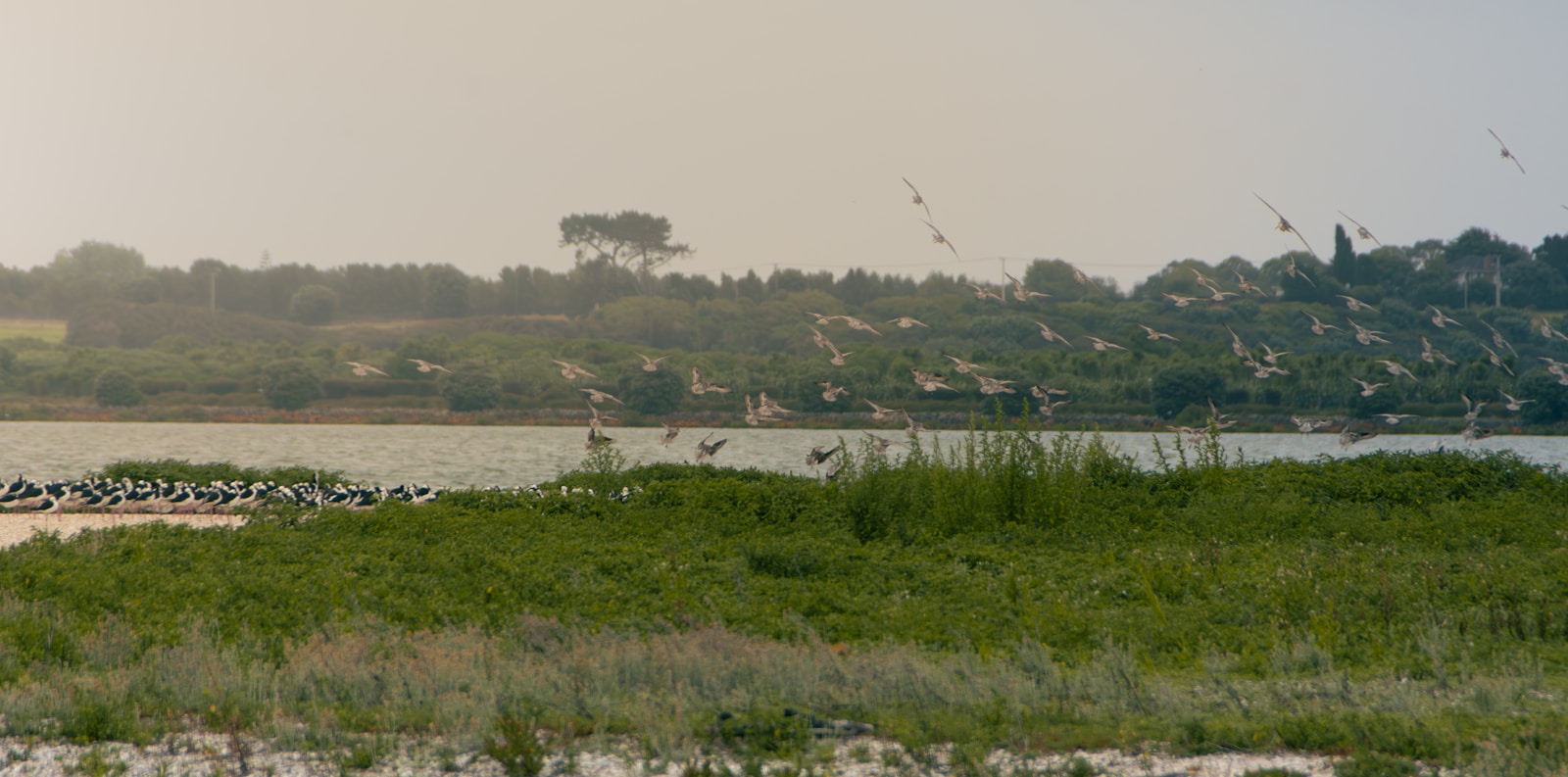Along the River Bidasoa, which separates Spain from France, lies a small, uninhabited island, known as Pheasant Island, only slightly larger than a football stadium. Not its dimensions but whose it is makes Pheasant Island well-known. France and Spain have been alternately exchanging Pheasant Island for more than 350 years under one of history’s less strange deals.
Every six months, sovereignty switches, and Pheasant Island is the world’s only revolving border. The non-terrestrial system is the result of a peace treaty signed in 1659, one that endures to this day, demonstrating how even the most unorthodox diplomatic arrangements can last.
How the Treaty of the Pyrenees Turned an Island into a Shared One
The story begins in 1659, when France and Spain ended decades of fighting by having their representatives sign the Treaty of the Pyrenees. The leaders of both nations met on Pheasant Island, which was chosen because it is located exactly halfway between the Bidasoa River. The treaty re-drew and formed a marriage alliance of Louis XIV of France and Maria Theresa of Spain.
As a gesture of respect to this ancient place, the negotiators did something unusual. Rather than dividing the island half way to a country, they established a condominium—joint land with alternating jurisdictions. France owns the island from February to July. Spain owns it from August to January.
Interesting key facts about the treaty:
- Title is reversed every two years on designated dates
- Neither a permanent building nor residents can be achieved
- Both countries have the right to an equal extent over the land
- Unbroken treaty since 1659
This pacific diplomatic surrender created what would otherwise have been a battlefield, an outstanding column of peaceful living.
Read More: Strange Laws Still on the Books
Why This Unusual Border Agreement Still Works Today
The six-month Pheasant Island swap stands firm in the 21st century on the strength of a record three and a half centuries of political upheaval. France and Spain maintain the terms of the original agreement intact. The island is empty and desolate, lying available for use as a historical footnote and nature preserve.
Example: Spain’s Irun settlement and French Hendaye settlement do very little maintenance on the islet. The two countries never attempted to exert permanent sovereignty or occupy the 6,820-square-meter islet. The restraint demonstrates a respect for the old settlement.
High-technology management has ensured this. The island can be accurately described in GPS coordinates, and no one can be left guessing whose property is being sold. Both nations have laws that will ensure the natural variation of the island is preserved. Rotation of ownership also presents an interesting legal question—a crime against the island would have more than one jurisdiction based on the month, although the island’s remoteness renders this hypothetical.
Read More: How Flags Got Their Colors and Symbols
Why Pheasant Island is Unique in International Relations
Pheasant Island is unique since it is the sole condominium of alternate possession found in the contemporary world. There has been a common-ruling land that lacked the alternate possession on a calendar required. The regime demonstrates how far innovative diplomacy can go in resolving land conflicts without resorting to conquerors or victors.
It invites interested bystanders who look at it from the riverbanks, but it is not a luxury accorded daily. Historians learn from it as a functioning model of shared sovereignty. Spain and France can indulge in this peculiar vice freely, while possessing an amazing piece of European history that dates back to before the modern political regimes of the two countries.
France-and-Spain-held Pheasant Island reminds us that bizarre solutions endure longer than empires, revolutions, and wars. Six times annually for over 350 years, this tiny river island has whirled without ado, forms, or fight.
The Treaty of the Pyrenees did more than establish a peace treaty; it created a lasting monument to diplomatic genius. As borders everywhere around us close and shut, this desolate island is a monument that roars that compromise and cooperation can construct enduring peace. Take a look at this unique border? Visit Hendaye or Irun during the hot summer months when the island is visible from the shore.
Read More: Time Capsules That Have Been Opened (and What Was Inside)




